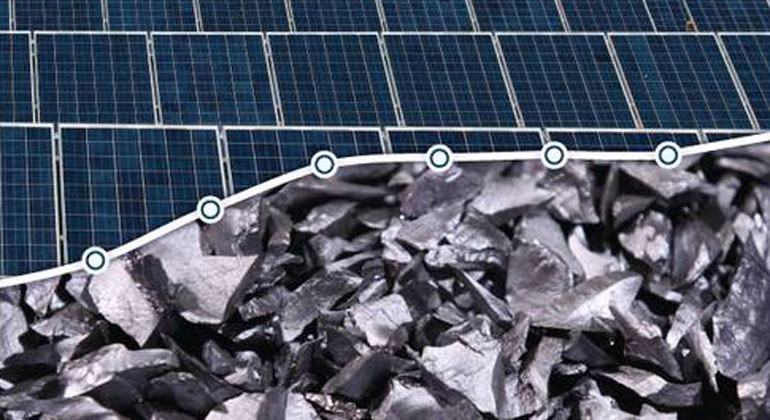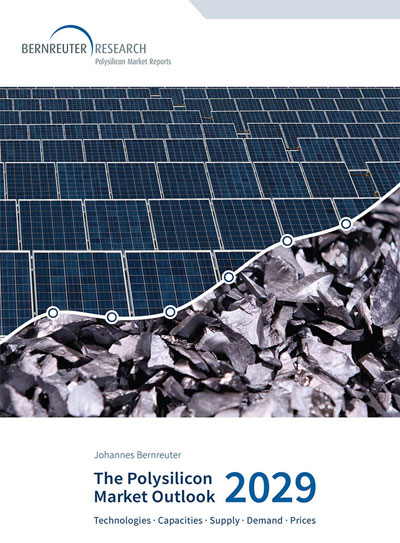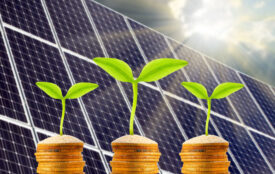Polysilicon Industry Is Risking New Shortage
Bernreuter Research: Shutdown of overcapacity could create undersupply by 2028.
The Chinese polysilicon industry will face a difficult balancing act in the next three years. “If too much overcapacity is eliminated, the market could run into a new shortage by 2028,” predicts Johannes Bernreuter, head of Bernreuter Research and author of The Polysilicon Market Outlook 2029, which was released today.
Fueled by the shortage that culminated in a price peak of US$39/kg in 2022, the Chinese polysilicon industry expanded its production capacity massively to approx. 3.25 million metric tons (MT) by the end of 2024. In the same year, it reached a share of 93.5% in global output (even 95% in solar-grade polysilicon).
Cut-throat strategy of market leader Tongwei has not panned out
Two thirds of the new capacity has been built by the top four Chinese manufacturers alone. Notably, market leader Tongwei tried to gain additional market share at the cost of weaker competitors. “Tongwei’s cut-throat strategy has not panned out so far as most new entrants are backed by parent corporations with deep pockets,” explains Bernreuter.
As a result, polysilicon inventories piled up to a volume of 400,000 MT by the end of 2024. The market price in China has undercut US$4.50/kg and has thus fallen below the cash costs of most manufacturers; consequently, they are suffering from sustained losses.
Polysilicon market can quickly swing from overcapacity to undersupply
Although 33 leading Chinese polysilicon and solar companies agreed in December 2024 to cut output, the extent of the reduction has not been sufficient to carry off the high mountain of inventory. “Polysilicon prices in China will hardly rise beyond US$5/kg through 2027 unless manufacturers shorten supply more drastically or the price of silicon metal feedstock rebounds strongly,” predicts Bernreuter.
However, the analyst warns that the complete elimination of excess production capacity could backfire. “A major industry shakeout will lay the ground for a new shortage by 2028 – which is exactly what happened during the shakeout from 2018 through 2020,” argues Bernreuter.
Annual PV installations predicted to rise to 1,900 GW in 2029
The market researcher remains optimistic about demand from the solar sector, the polysilicon industry’s largest customer. Bernreuter has reduced his forecast for global PV installations in 2025 from 750 to 720 gigawatts-direct current (GWDC) since the current demand weakened after China introduced a new, market-based remuneration system for distributed PV plants.
However, the strong Chinese last-minute rally in May still makes 750 GWDC possible. “We are sticking to our novel forecast approach, which stood the reality test in 2023 and 2024, and project annual PV installations of 1,900 GWDC in 2029,” says Bernreuter.
In-depth report on polysilicon, solar and semiconductor markets
More details on the polysilicon, solar and semiconductor markets are provided in The Polysilicon Market Outlook 2029. The 102-page report contains sophisticated scenarios of supply and demand in and outside China, detailed forecasts of polysilicon prices through 2029, the latest cash cost data on the dominant Siemens process and fluidized bed reactor technology, as well as many other market trends.
For more information on the report, please go to The Polysilicon Market Outlook 2029.









